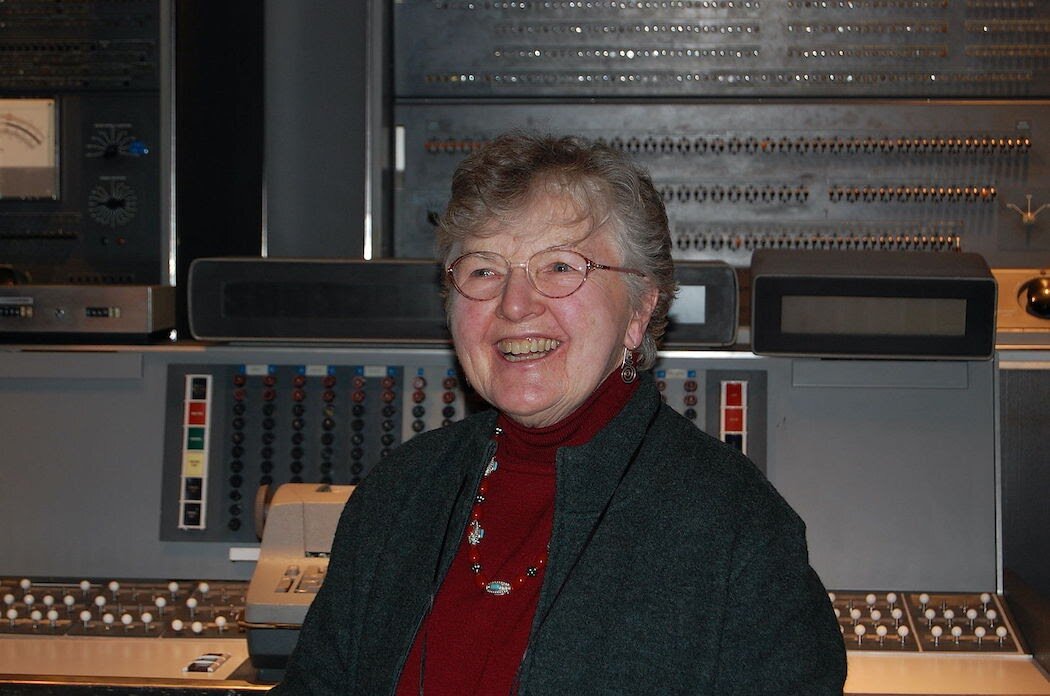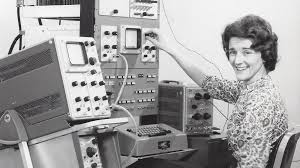Why Coding and Why the Gap?
As Stephen Hawking once said, “whether you want to uncover the secrets of the universe or you just want to pursue a career, basic computer programming is an essential skill to learn.”
The gender gap in tech did not always exist. In fact, from the Second World War until the 1960s, women constituted the majority of the technically trained workforce in the computing industry! In these early days, computing was seen as an unskilled and menial task, despite the fact that women were instrumental in wartime work that cracked the Enigma Code and calculated military logistics. Once industry wised up to the potential of computing and understood the power and prestige that tech could bring, women were pushed out. And today they remain seriously underrepresented in computer science and programming, comprising just over one fifth of programmers in the U.S. There are barriers facing girls interested in tech at every stage of their journey, from school all the way to their career. But the earlier these issues are tackled in a girl’s life, the better – as programming can open many doors for them.
Stories
Get inspired by them as well...

Augusta Ada Lovelace
Born: December 10, 1815, London, United Kingdom / Died: November 27, 1852
The unofficial title of the Grand Dame of computer programming goes to a woman who had a real title. She was the Countess of Lovelace, the daughter of the poet Lord Byron. Her main claim to fame, though, had nothing to do with her royal title, except it’s perhaps the reason she was taken seriously at all. Ada Lovelace, a mathematician, and writer, lived in the early 19th century. She was best known for her work with Charles Babbage in creating the first mechanical computer, called the analytical engine, to add, subtract, multiply, and divide. Babbage asked Ada to translate an article from French to English about the analytical engine that was written by the Italian engineer Luigi Federico Menabrea for a Swiss journal. Not only did Ada translate, but she also added her own notes, which ended up being longer than the article. Her notes were published in 1843 in an English science journal. Her notes detailed how people could use codes of letters, symbols, and numbers to instruct computers to complete complex calculations. Ada is often called the first computer programmer. In the early 1980s, the U.S. Department of DefenseOpens a new window named a language after Ada, not surprisingly, called Ada.
Learn more
Annie Easley
Born: April 23, 1933, Birmingham, AL / Died: June 25, 2011
Annie Easley was another coding pioneer who got her start during the space age. Easley fell in love with computers before ever even seeing one. In 1955, she read a newspaper story about twin sisters who worked for the National Advisory Committee for Aeronautics. The next day, she put in her application with the space agency and began working there within two weeks. Easley worked as a mathematician and computer programmer before even receiving a college degree. In the 1970s, he went on to graduate with a BS in computer science from Cleveland State University. She also took advantage of courses offered by NASA. When she started, Easley was one of just four African-Americans working in the Plum Brook Reactor Facility. She said in an interviewOpens a new window that she didn’t consider herself a pioneer. “I just have my own attitude. I’m out here to get the job done, and I knew I had the ability to do it, and that’s where my focus was.” Even in the face of discrimination, she persevered. “My head is not in the sand. But my thing is, if I can’t work with you, I will work around you. I was not about to be [so] discouraged that I’d walk away. That may be a solution for some people, but it’s not mine.” She was originally put to work as a “human computer,” who had to conduct complex calculations by hand. Eventually, NASA began using computers, and Easley adapted without a problem. She learned to code using Fortran and the Simple Object Access Protocol (SOAP) language.
Learn more
Frances Allen
Born: August 4, 1932, Peru, NY
One of the most relatable stories about women in coding comes from Frances AllenOpens a new window, who is best known for her groundbreaking work in optimizing compilers. Like many career women in the mid-20th century, she went to school for teaching at the New York State College for Teachers (which eventually became part of the State University of New York at Albany). She graduated with a bachelor’s in science degree in math and went on to become a teacher. Two years after graduating, she pursued her master of science degree in mathematics at the University of Michigan. Like many today, Allen found herself buried under student loan debt. That’s when she began working for the Thomas J. Watson Research Center at IBM and taught Fortran to employees. While Allen planned to leave IBM once she paid her debt, she retired after working for the company for 45 years. Allen’s many awards and accolades include the IEEE Computer Society Charles Babbage Award and the Ada Lovelace Award from the Association of Women in Computing. She was the first woman to win the Turing Award and she was the first woman to earn an IBM fellowship. A Ph.D. IBM Fellowship Award was created in her honor. She is a Fellow of the IEEE and the Association for Computing Machinery. Allen retired from IBM in 2002.
Learn moreGallery
Photos of Beautiful Code-Breakers...





